Grant Gilchrist’s research team travels upward on the treacherous cliff. Three hundred metres above the Arctic sea, they make their way up.
The one hour boat ride from Ivujivik, Quebec is now behind them. The Indigenous Inuit guides had taken them to the hot spot for marine mammals, home to beluga and bowhead whales and seals of many species.
From sea level, they made the ascent. One hour. Two. Three to reach their next destination, a plywood lab and cabin that shakes like a rail car in the wind at the top of the cliff in Digges Island, Nunavut.
This cliff, located between Northern Quebec and South Coast of Baffin Island, houses a colony of about 1.1 million thick-billed murres, a bird species hunted for centuries by Inuit as well as European explorers such as Henry Hudson who were in search of food.
The climbers wear helmets to avoid the falling rocks from above as well as to protect themselves from a collision with one of the birds they are trying to study.
“If you’re hit by a bird, they can actually knock you into the air,” explains Gilchrist, a research scientist from Environment and Climate Change Canada who studies Arctic birds and sea ducks. “Especially the young birds, they don't know how to land. They’ve been at sea for six years and they’re just figuring out how to land. It takes them two or three years of their life to figure out how to do that. And these birds can live to be up to 25 years old.”
Gilchrist's photograph of the rock climbers surrounded by the murres is one of about 20 panels on display and lit up by solar-powered lights outside at Ottawa’s Landsdowne Park next to the historic Rideau Canal.
The panels are part of a new exhibit, Climate Change is Here, launched over the past weekend by the Canada Science and Technology Museums Corporation. The Museum and government officials believe this exhibit will promote an evolving discussion in Canada using images that not only show how the planet’s climate is changing, but also images of emerging ideas and opportunities that could solve the problem.
Catherine McKenna wants to climb up cliff
After hearing Gilchrist’s story, Canada’s Environment and Climate Change Minister Catherine McKenna suggests she might join the team the next time it goes up.
“You not only have to be an amazing scientist, you have to be able to climb,” McKenna tells Gilchrist, as a journalist and one of her staffers capture the exchange on video. “Can I do this? I’m a bit scared of heights. That looks very high… Okay, I’m coming.”
Canada's Environment and Climate Change Minister Catherine McKenna chats with research scientist Grant Gilchrist about research tracking the behaviour of birds in the Digges Islands of Nunavut, north of Quebec. Video by Mike De Souza.
Other images on display show dramatic images of melting ice and permafrost, a polar bear submerged underwater, a major forest fire and other natural disasters as well as charts and graphics showing what has happened to the planet in recent years. They also feature some of the dire predictions from scientists about what is likely to happen in the future without any action to reduce heat-trapping pollution that is warming the atmosphere, increasing the frequency or intensity of extreme weather events, and radically altering ecosystems.
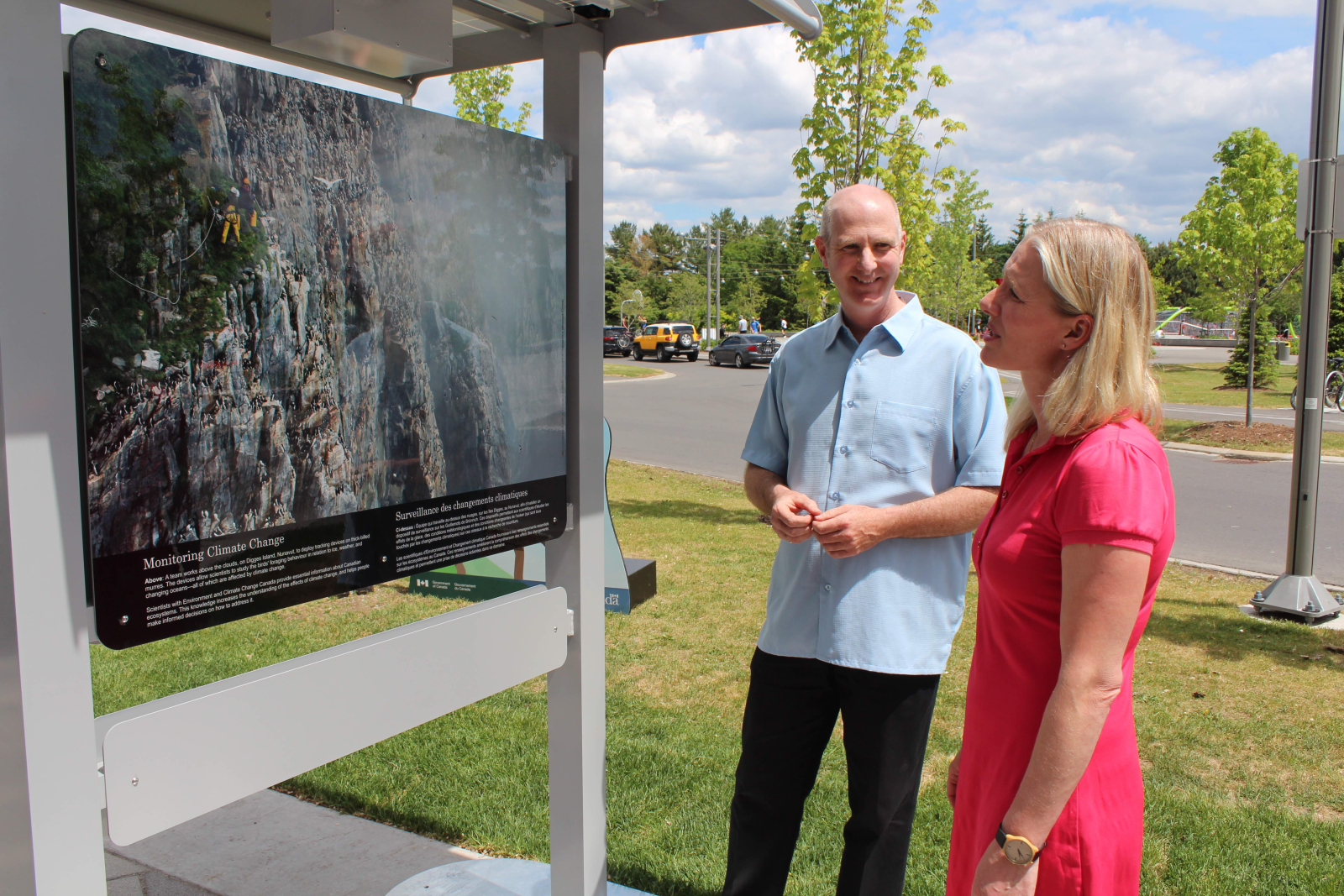
"The Earth has warmed 0.85 C, on average, since the late 19th century," reads one of the panels on display. "Most of the warming has occurred since 1960... A few areas, most near the Antarctic have actually gotten colder since 1960, while some parts of the Arctic have warmed as much as 8 C. This warming has coincided, over the past half-century, with a surge in carbon emissions, from our rapidly industrializing world."
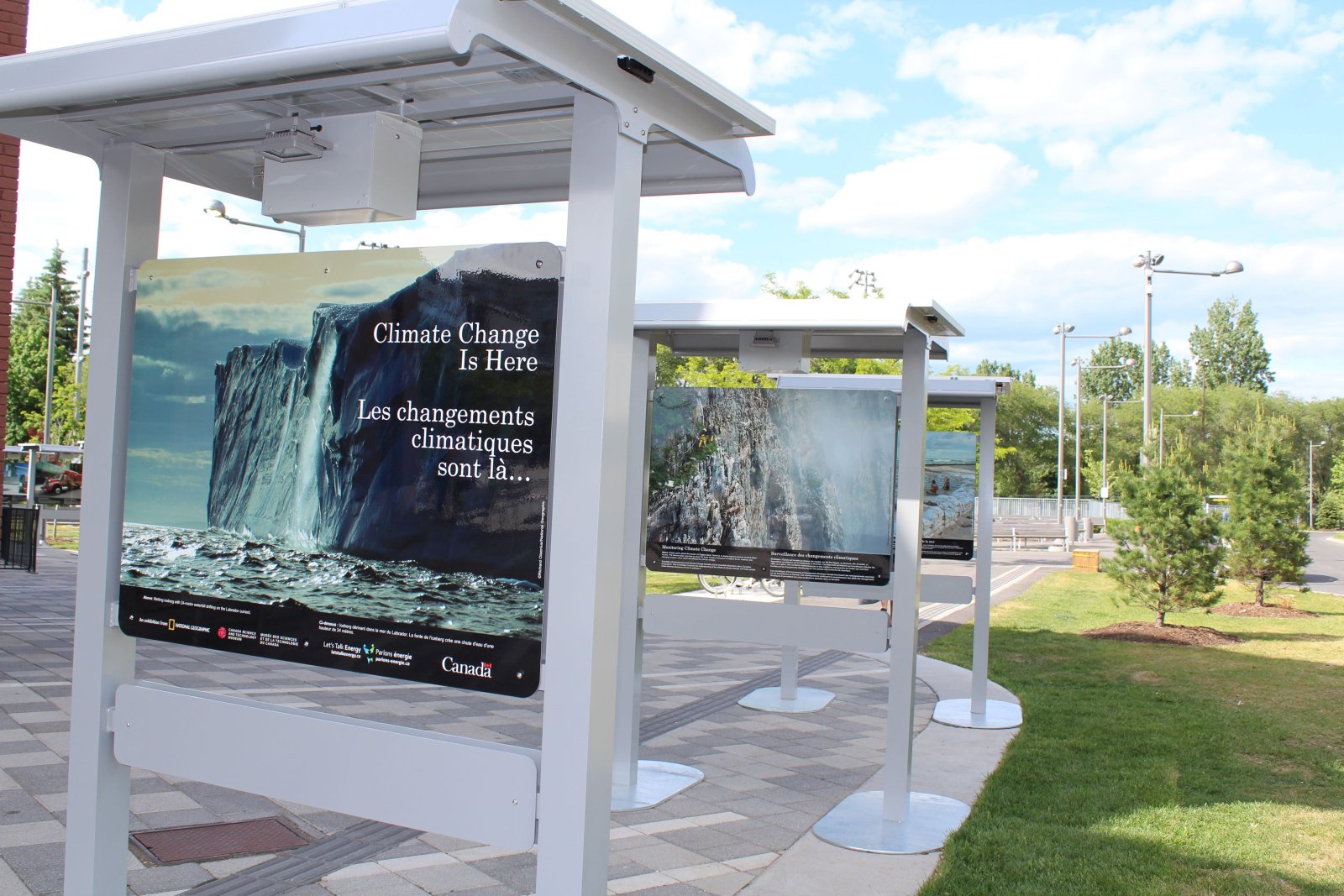
The display also includes images of wind and solar power industrial projects as well as other technological innovations that can help reduce carbon pollution and other greenhouse gases produced from the burning of fossil fuels.
“It’s an amazing exhibit because through very powerful images, you can see how our world is changing as a result of climate change,” McKenna said at the launch of the display, located in the Ottawa riding that she represents in Parliament.. “You can see the energy demands that we have that are equally important. You can see the solutions and you can see how Canada is part of the solutions.”
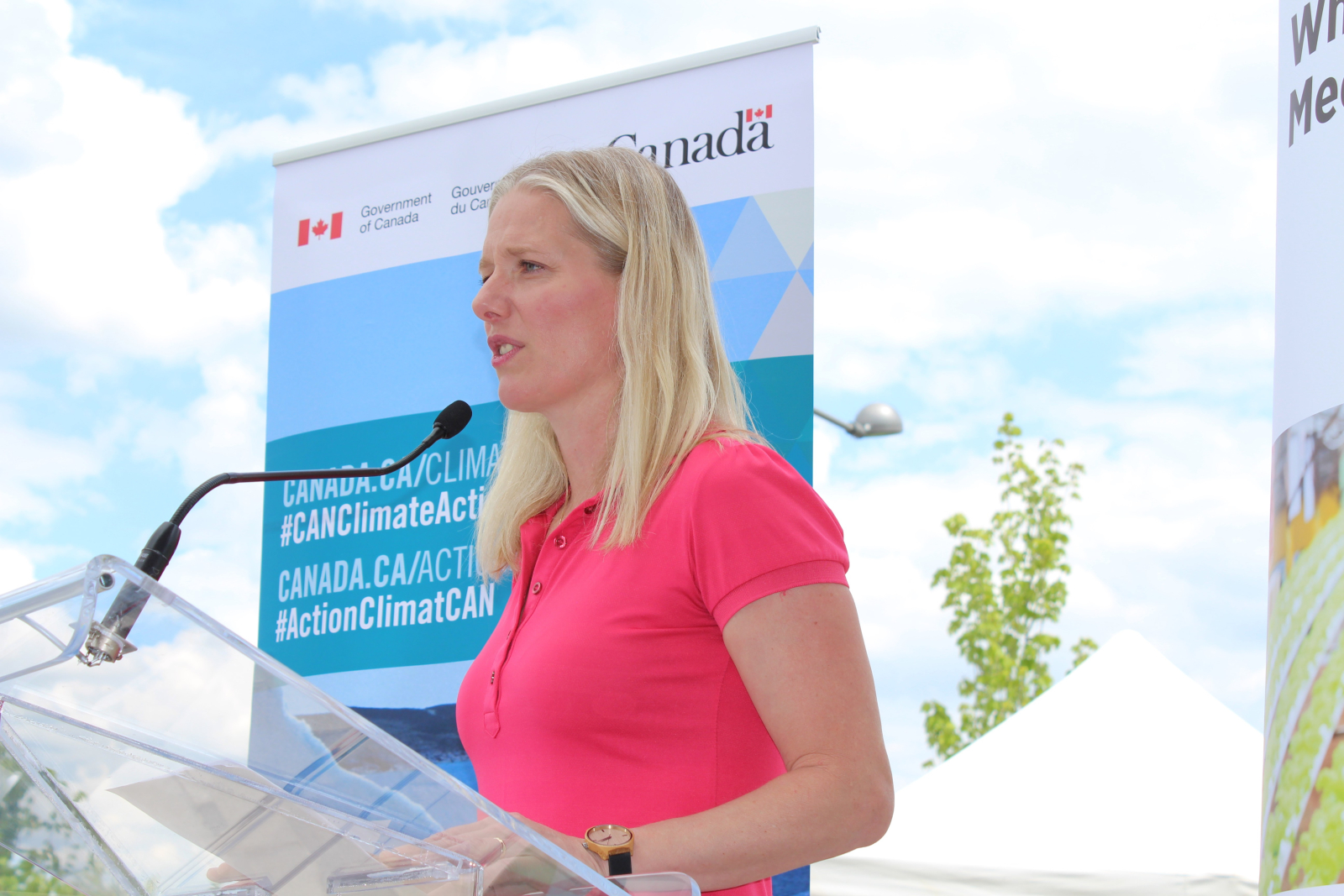
Sponsored by oilpatch, exhibit portrays oilsands industry in positive light
The whole program is part of the Let’s Talk Energy program, launched a few years ago by the Museum corporation and sponsored by a bunch of stakeholders, including the government as well as major energy companies such as Cenovus, Encana, Imperial Oil and Suncor that exploit the rich oil and gas resources of western Canada.
The program was mired by some controversy following revelations - first uncovered through internal emails obtained by Macleans in 2011 - that showed how oil industry lobbyists had influenced the content of an earlier exhibit, a website and classroom materials for children, to polish the industry's image. At that time, one lobbyist from the Canadian Association of Petroleum Producers had complained in emails about "problematic" images showing open-pit mining in the oilsands, suggesting instead that the museum officials consider using more pleasant imagery - which they agreed to do, Macleans reported.
This time, managers of the program say they started planning the exhibit about six months ago and gave the sponsors a heads up about their exhibit, but there was no industry vetting of the final product that went on display.
The new focus on climate change and its dramatic consequences in this year's outdoor exhibit marks a shift in the national campaign, possibly inspired by the change in the federal government and its pledge to improve Canada’s record in addressing the threat of climate change.
But even with its climate change theme, the latest outdoor display still portrays Alberta’s oilsands sector - Canada's fastest growing sources of greenhouse gas pollution - in a positive light, showing some of the new innovative technologies that are being deployed to reduce the carbon footprint of the sector.
The museum is a crown corporation, independent from government, but also relies on federal funding for its budget, along with the energy sector sponsors.
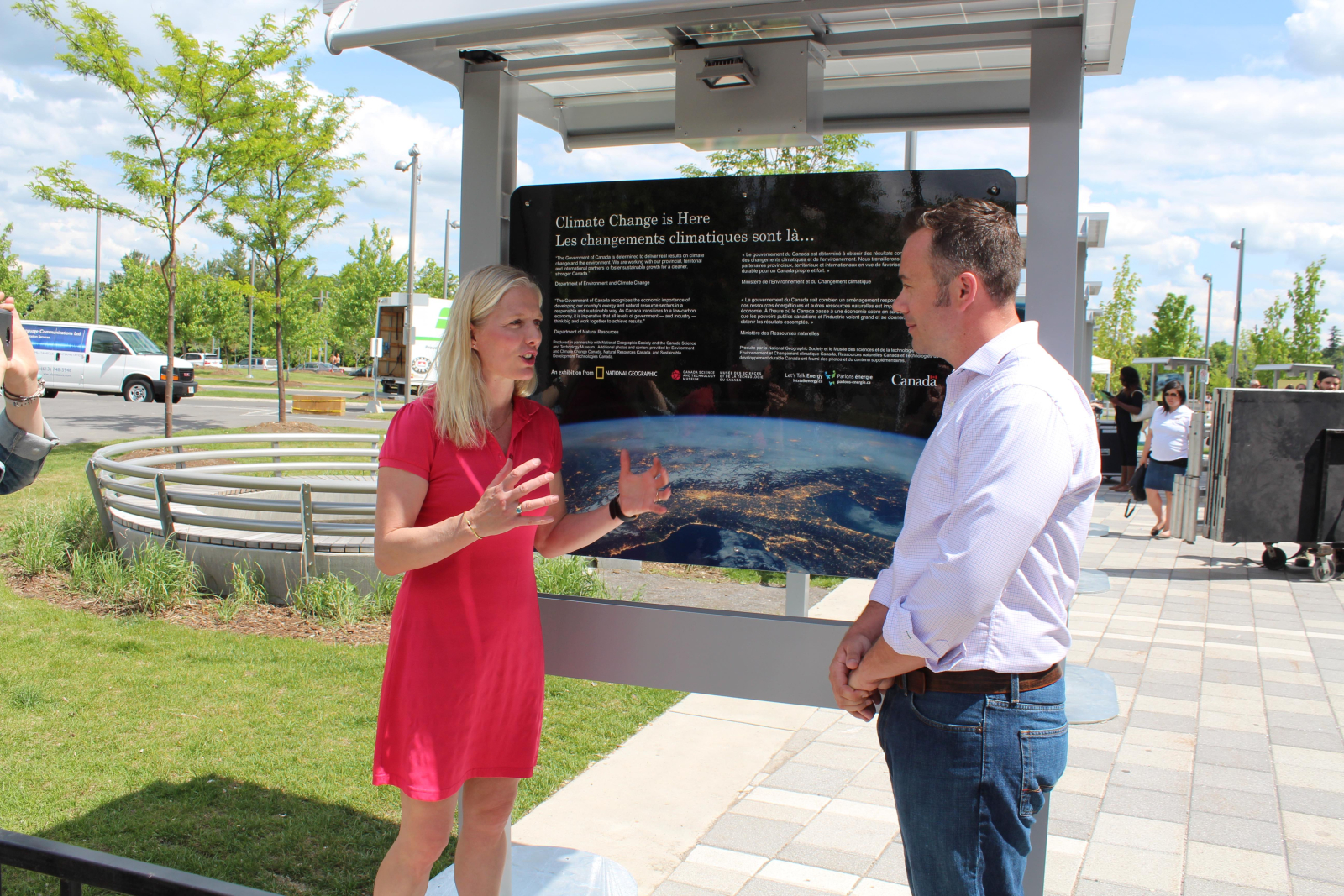
Alex Benay, president and chief executive officer of the museum, said that the exhibit might expand in the future with new content as it plans to travel around the world. The first proposed stop woud be in Mexico at some point after the summer.
“Personally, for me, it’s important. Canada is feeling climate change… especially if you’re up North. So we should be talking about the solutions we want to bring to the table as a country to a global problem,” he told National Observer in an interview. “Maybe areas of climate change (will bring) economic opportunities, as opposed to seeing it as a negative, right? So that’s part of the narrative and it’s part of the discussion… I brought my kids here today. I think it’s important for them to hear about this stuff too because they’re going to have to fix it.”
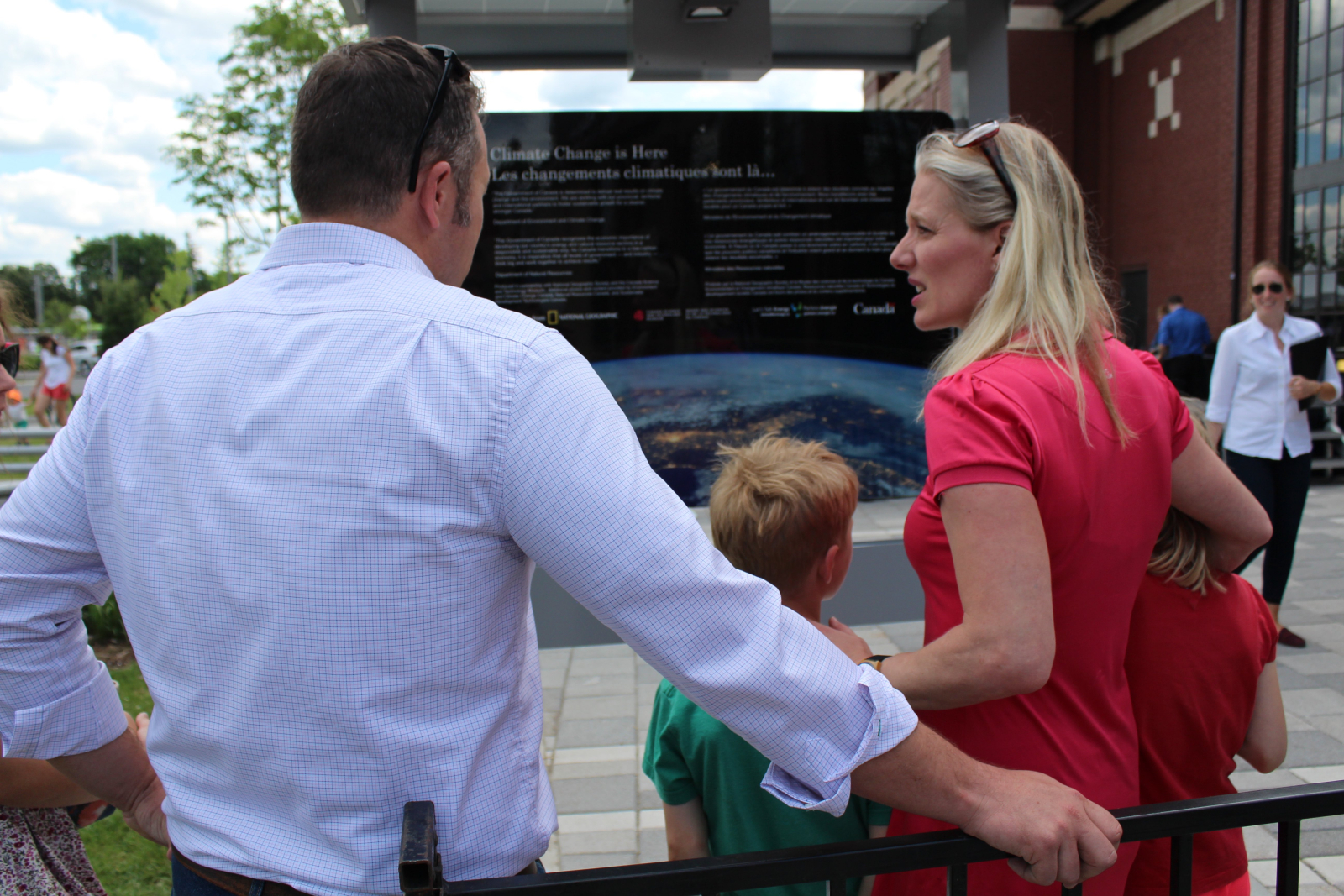
Although the previous Conservative government, defeated in last October’s general election, was criticized for muzzling federal scientists, shutting down federal conversations about climate change and spreading conspiracy theories about whether the scientific evidence was real, the launch of the new display had a non-partisan feel. An Alberta Conservative, Martin Shields, a rookie MP and former small-town mayor who previously worked as a teacher and a school administrator, joined McKenna, along with other provincial and municipal politicians for the launch.
Thanks @MartinBowRiver for all the great work you do on the Environment Committee & support for #CanClimateAction pic.twitter.com/CfjCfvxoSW
— Catherine McKenna (@cathmckenna) June 4, 2016
Jason Armstrong, the manager of Let’s Talk Energy, said the timing of the exhibit - co-sponsored by National Geographic, which provided some of the images - coincides with what he believes has been a shift in the global dialogue about climate change as countries and their citizens discuss solutions.
“So I think it’s a great place for a museum to be - to help try and have that discussion and be able to present the facts and then let people take those facts and make their own decisions,” Armstrong said.
Jason Armstrong, manager of the Let's Talk Energy program, discusses how the conversation about climate change has evolved. Video by Mike De Souza.
Environment and Climate Change Canada scientists follow path of Inuit hunters and Henry Hudson
For Gilchrist, the research scientist at Environment and Climate Change Canada, the exhibit is providing a platform for him to explain his work to the public and talk about the scientific evidence that can be used to shape better conservation policies.
Right now, Gilchrist and other scientists are gathering baseline data to determine the immediate impacts of climate change and human activity. Previous research, published by Environment Canada's Anthony Gaston and others in 2003, already revealed some changes underway that were affecting the thick-billed murres.
The research showed that the birds were hunting for new prey, shifting away from declining arctic cod and moving toward other fish such as capeline and sandlance that were seeing an increase in numbers "associated with a general warming of Hudson Bay waters, the result of ongoing climate change in the region."
For its ongoing research, Gilchrist's team attaches GPS devices to the birds to track their movements and examine how melting ice and increased industrial shipping activity is affecting their behaviour, foraging habits and access to food in general. Some of the GPS devices are solar-powered and can continue feeding data to Environment Canada offices in Ottawa for years, he said.
Each action they take requires a permit as well as an ethical screen that includes a review by local Inuit communities to ensure that the ultimate goal is to protect the birds, he explained.
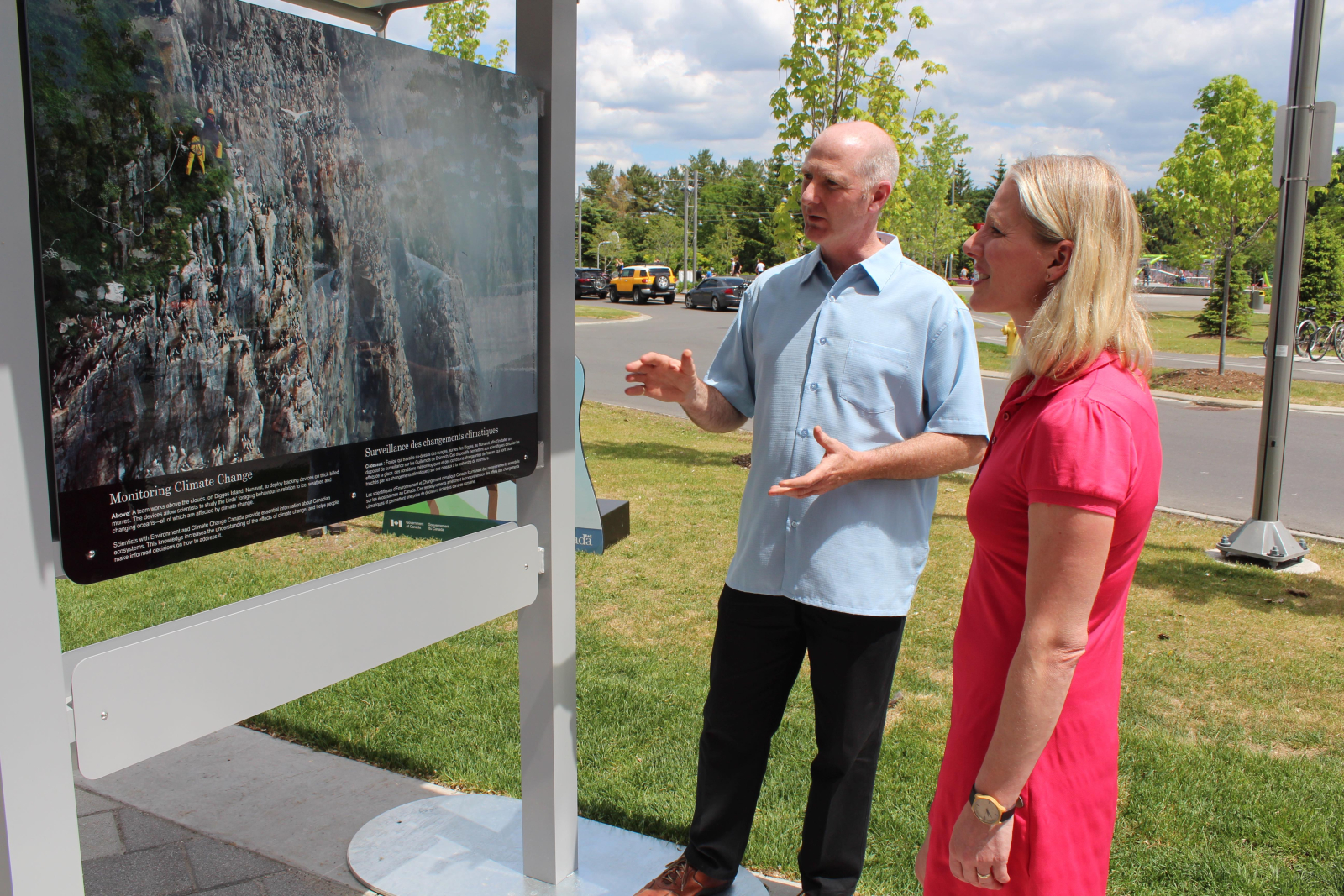
The scientists can then use the data, tracking behaviour and the journey of the birds through Quebec, Newfoundland and Labrador, all the way to Greenland and back, to give the government information needed to protect marine areas.
The research team also has full satellite communications to pursue their work, or call back home.
He said he was even able to call his daughter in Ottawa to check if she had come home on time from the prom, - which she hadn’t, he joked.
Gilchrist also highlighted the historic nature of the site.
“So these sea birds helped the Inuit survive for the winter,” he said. “Henry Hudson’s team - Henry Hudson of Hudson’s Bay - 404 years ago, stopped at this very site, to collect birds for their ships for fresh food, for scurvy and so on.”
With the fog and strong ocean currents of the Hudson's Bay and the Foxe Basin, Gilchrist said the site also brings adventure for sea captains and their crew.
“So it’s a dramatic work environment and it’s nice to get out of the office, and that’s our other office.”
The exhibit will remain on display outside at Landowne Park in Ottawa until September 6, 2016.
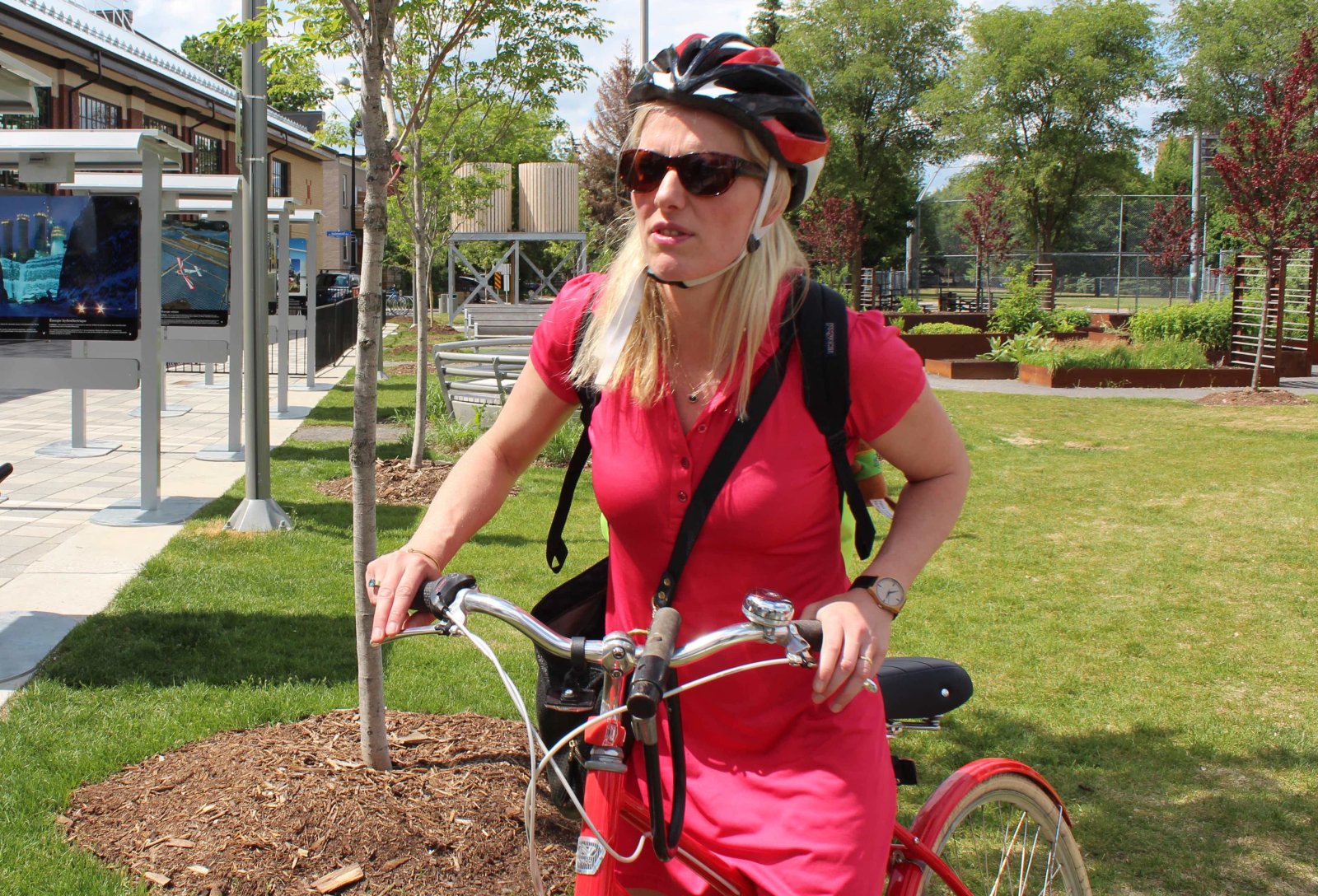

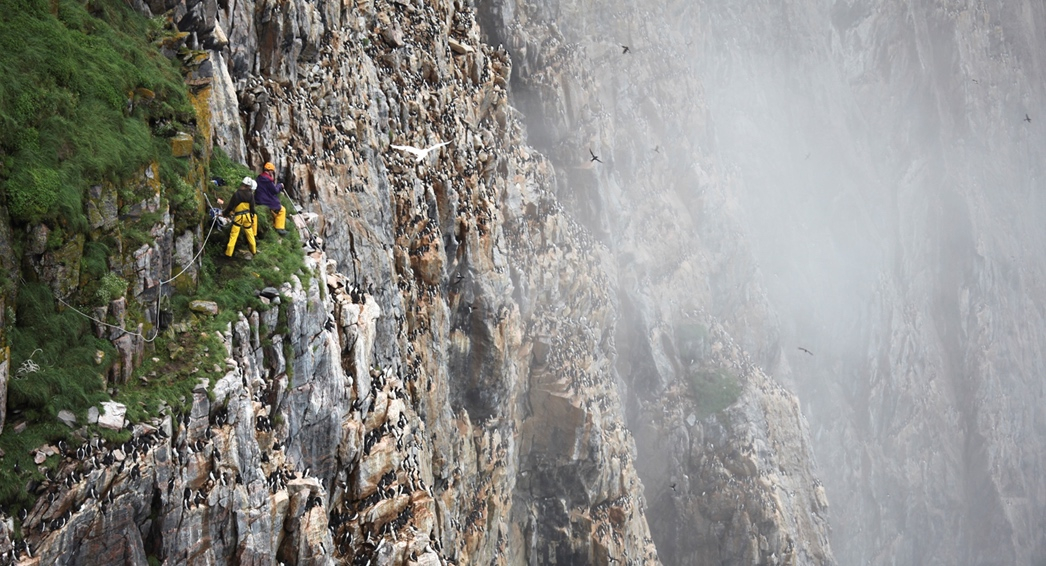

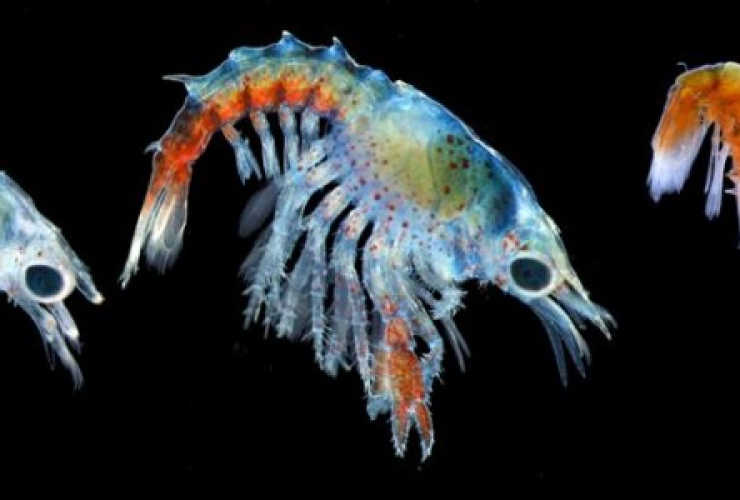

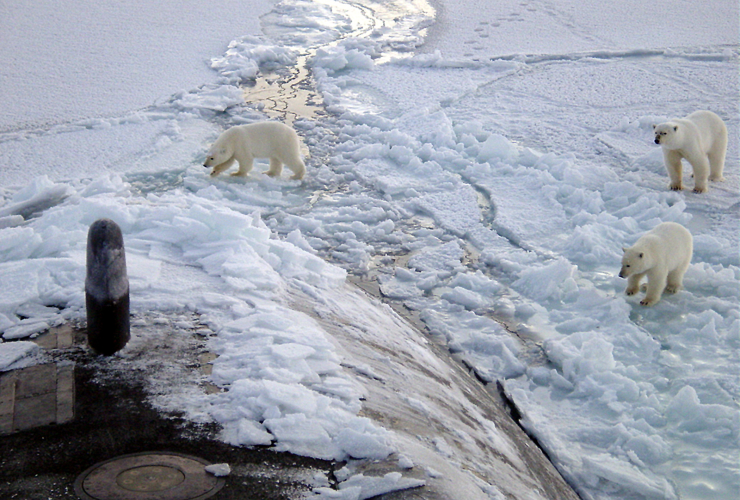
Comments